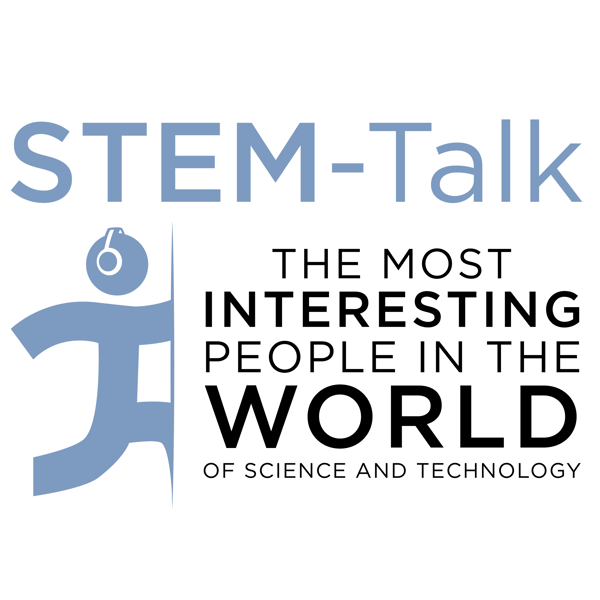Episode 33: Dr. Natalie Batalha talks about exoplanets and the possibility of life in our Milky Way and beyond
STEM-Talk
Dawn Kernagis and Ken Ford
4.6 • 694 Ratings
🗓️ 14 March 2017
⏱️ 94 minutes
🧾️ Download transcript
Summary
Transcript
Click on a timestamp to play from that location
| 0:00.0 | Welcome to STEM Talk. |
| 0:01.1 | Stem Talk. |
| 0:02.0 | Stem Talk. |
| 0:03.0 | Stem Talk. |
| 0:04.0 | Stem Talk, where we introduce you to fascinating people who passionately inhabit the scientific and technical frontiers of our society. |
| 0:14.0 | Hi, I'm your host, Don Cornegas, and joining me to introduce today's podcast as the Man Behind the Curtain, Dr. Ken Ford, IHMC's's director and chairman of the double secret selection committee that selects all of the guests to appear on STEM Talk. |
| 0:25.8 | Hi, Don, great to be here with you. You and Tom Jones had a great discussion with NASA Ames astrophysicist Natalie Battaglia. |
| 0:35.2 | Absolutely. And as I recall, Ken, weren't you also at NASA Ames at one point? |
| 0:38.8 | Indeed, I was there in the late 90s. |
| 0:41.8 | Natalie is the project scientist for NASA's Kepler mission. |
| 0:46.4 | Kepler is an incredibly successful space observatory that has led to the discovery of many exoplanets. |
| 0:54.6 | An exoplanet is a planet that orbits a star other than our own sun. |
| 1:00.9 | In particular, Kepler has surveyed a portion of the Milky Way |
| 1:04.5 | and detected Earth-size exoplanets in or near habitable zones. As we will hear in the interview with Natalie, |
| 1:13.8 | this is pretty exciting stuff. Absolutely. It felt like a kid in the candy store listening to |
| 1:19.9 | Natalie describe her research and all the really cool tools and approaches that they're using for |
| 1:23.8 | identifying potential exoplanets. Yes, Natalie did a great job on this interview. |
| 1:28.9 | Yeah, Natalie's contagious enthusiasm for the work she does really came through in our discussion, |
| 1:33.0 | and it made me want to actually go back and get a second graduate degree in astronomy. |
| 1:37.2 | Hearing her talk about her research had all of us in the STEM Talk studio buzzing. |
| 1:41.1 | Before we get to today's interview with Natalie, we have some housekeeping to take care of. |
| 1:47.4 | First, we really appreciate all of you who have subscribed to STEM Talk. And we are especially |
... |
Please login to see the full transcript.
Disclaimer: The podcast and artwork embedded on this page are from Dawn Kernagis and Ken Ford, and are the property of its owner and not affiliated with or endorsed by Tapesearch.
Generated transcripts are the property of Dawn Kernagis and Ken Ford and are distributed freely under the Fair Use doctrine. Transcripts generated by Tapesearch are not guaranteed to be accurate.
Copyright © Tapesearch 2025.

